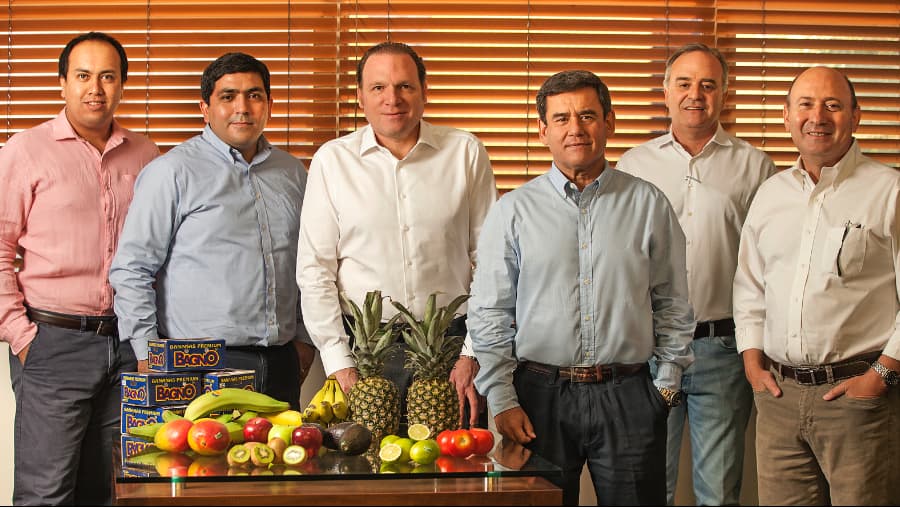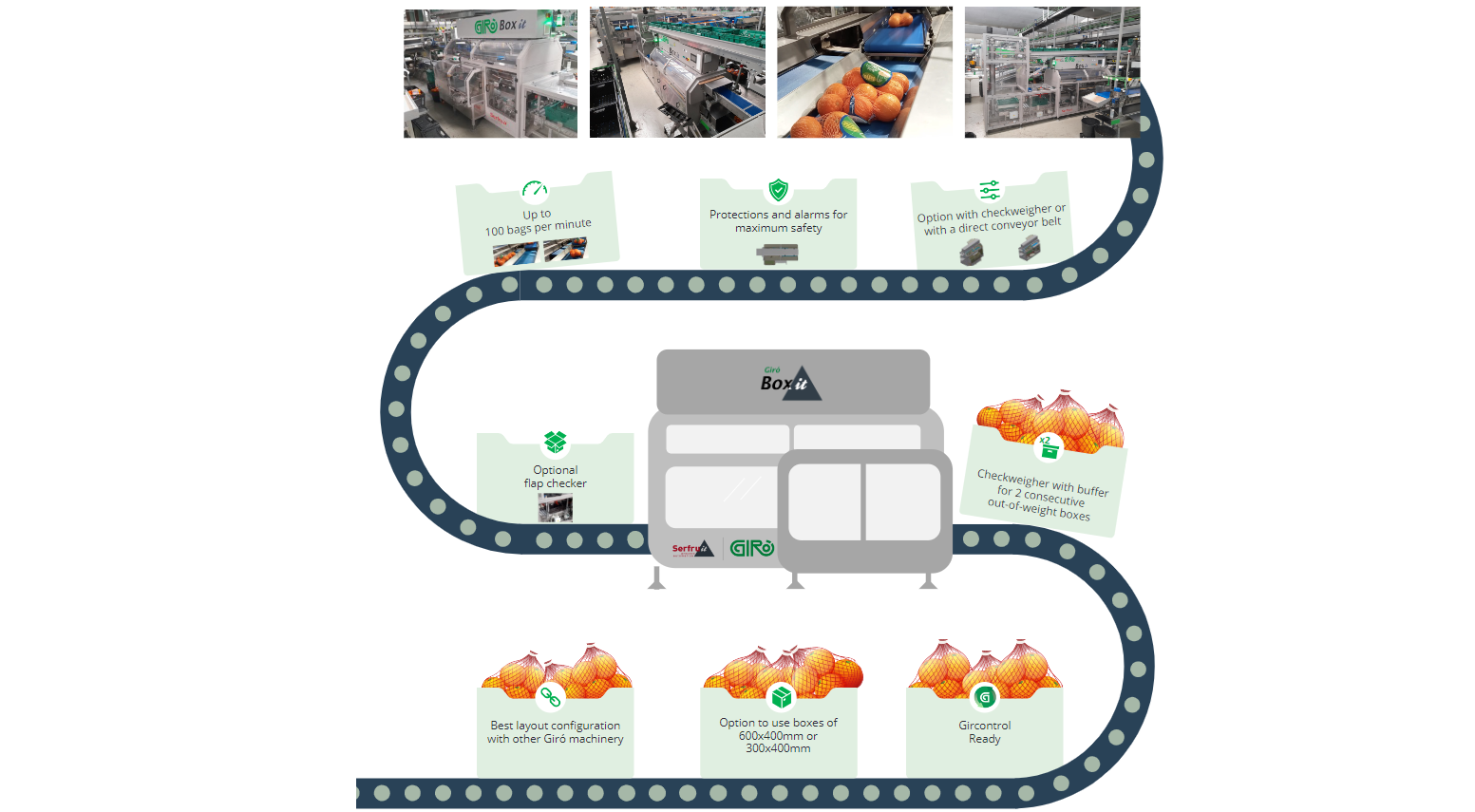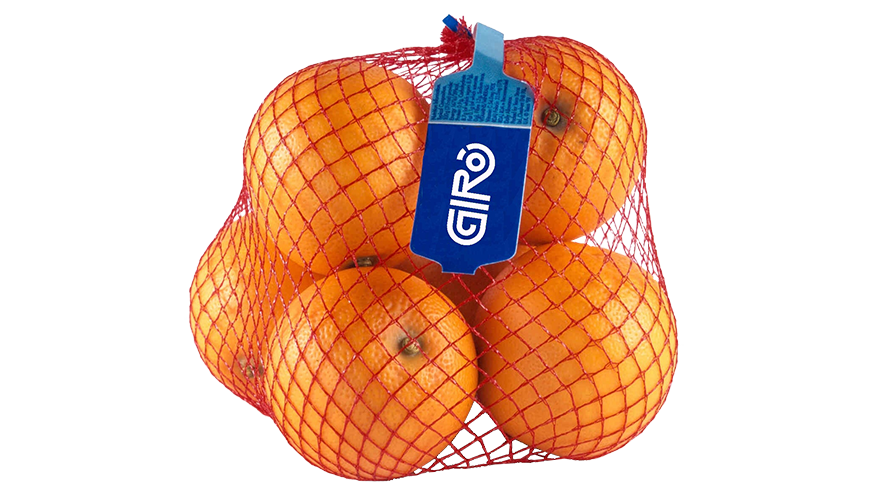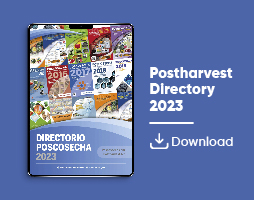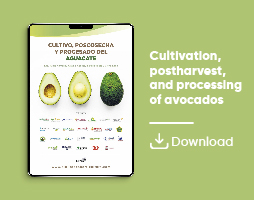Packaging
ITENE carries out a comparative table with the impact of the carbon footprint of Giró packaging
The carbon Footprint measures the total GHG emitted by direct or indirect effect of an individual, organization, event, or product. There are different methodologies for calculating the carbon footprint of a product, so it is important to quickly explain the methodology and assumptions that have been considered for this study ?Life Cycle Assessment?. The LCA methodology of a product must include all the inputs/outputs of the processes involved throughout its life cycle, such as: the extraction of raw materials, the processing of the materials necessary for the manufacture of components, the use of the product, and finally its recycling and/or final management. For the study concerned, the functional unit considered was to contain and transport 1000kg of product. For distribution, many distribution scenarios could be envisaged, but to simplify the exercise, a national scenario with a transport distance of 250 km has been considered. At Giró we believe that there is no one single, perfect solution for everyone, but that the key lies in offering the material that best suits each situation and market. As experts in fruit and vegetable Packaging, we have always defended that the best thing to do is to analyse each case to offer the best Packaging solutions to our customers. The following table shows, in a comparative way, the value of the carbon footprint impact within different packages designed with 1kg capacity for the whole life cycle with the functional unit used which is to contain and transport 1000 kilograms of product.
30 May, 2023
The carbon Footprint measures the total GHG emitted by direct or indirect effect of an individual, organization, event, or product. There are different methodologies for calculating the carbon footprint of a product, so it is important to quickly explain the methodology and assumptions that have been considered for this study Life Cycle Assessment. The LCA methodology of a product must include all the inputs/outputs of the processes involved throughout its life cycle, such as: the extraction of raw materials, the processing of the materials necessary for the manufacture of components, the use of the product, and finally its recycling and/or final management. For the study concerned, the functional unit considered was to contain and transport 1000kg of product. For distribution, many distribution scenarios could be envisaged, but to simplify the exercise, a national scenario with a transport distance of 250 km has been considered. At Giró we believe that there is no one single, perfect solution for everyone, but that the key lies in offering the material that best suits each situation and market. As experts in fruit and vegetable Packaging, we have always defended that the best thing to do is to analyse each case to offer the best Packaging solutions to our customers. The following table shows, in a comparative way, the value of the carbon footprint impact within different packages designed with 1kg capacity for the whole life cycle with the functional unit used which is to contain and transport 1000 kilograms of product.


